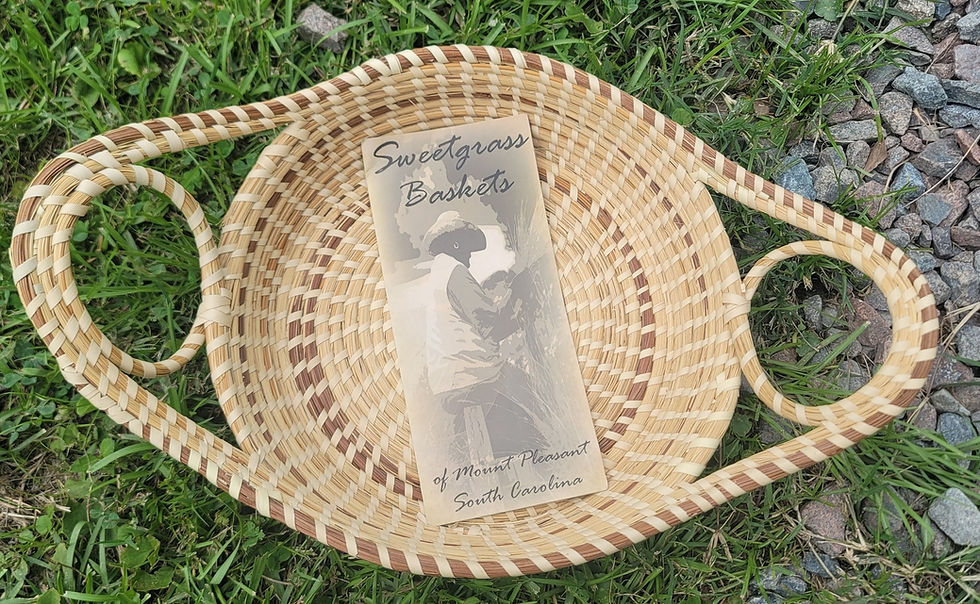Equality Initiative Justice - Lynching Memorial
- SankofaTravelHer
- May 17, 2018
- 3 min read
Thursday, April 26, I attended the opening of the Equality Initiative Justice Lynching Memorial in Montgomery, AL. I had been anticipating this day for a long time. As I was preparing for my trip, I was thinking about what to expect and the emotions I would feel when I walk on the grounds.

The lynching museum has been long overdue. I remember watching "60 Minutes" and Oprah Winfrey did a segment of the museum. There was backlash from the majority that they were uncomfortable to see photos of African American men, women and children that were lynched. My response is, I'm glad they were uncomfortable. The history of African American have been disrespected, whitewashed and withheld for too long. Black History is American History.

The lynching museum is in remembrance of 4,400+ documented and unknown
African American that were lynched between 1877-1950. Hanging from the top of the roof are 800 6-foot steel blocks divided by state and county of lynching victims.

Walking around the memorial, I kept thinking about the song "Strange Fruit" by Billie Holiday.

Southern trees bear strange fruit Blood on the leaves and blood at the root Black bodies swinging in the southern breeze Strange fruit hanging from the poplar trees

Pastoral scene of the gallant south The bulging eyes and the twisted mouth Scent of magnolias, sweet and fresh Then the sudden smell of burning flesh

Here is a fruit For the crows to pluck For the rain to gather For the wind to suck For the sun to rot For the leaves to drop Here is Strange and bitter crop

Sometimes when history is discussed it is assumed male history. At times it fails to acknowledge women. Even though the men were the majority, women were lynched too.

Betsie McCray and her daughter, Ida, were lynched in Mississipppi.

There were lynchings in Illinois in Alexander, Sangamon and St. Clair County.

Illinois steel block.

Many unknown African Americans were lynched in the State of Illinois.

The reasons for the lynching of African Americans were very upsetting.




These two sisters great grandfather, Rev. Arthur St. Clair, was a minister and was lynched because he married an interracial couple.

Several descendants of family members who were lynched attended the opening of the lynching memorial to view their names.

Plaque in remembrance of Rev. St. Clair.

The monument is very powerful. There were tears flowing thinking about the ancestors that were taken from their land. I have traced my ancestry to know where I came from and found out my great, great, great grandmother, Nancy Monia Woods was enslaved. Sculpture by Ghanaian artist Kwame Akoto-Bamfo.

Separation of the black family.

Sometimes, mothers separated from their children and were sold.

The lashes of resistance.

A woman carrying a child that will be born enslaved. Some enslaved mothers would rather end their child's life then living their lifetime in bondage.

The horror and pain of being enslaved.

I am mindful everyday of the debt I owe to my ancestors whose shoulders I stand on that have provided me the freedoms of getting an education, entrepreneurship and traveling the world.

My experience attending the memorial was very emotional to see the names of the black lives who were tortured and lynched. There were tears, hugging and clasping hands tightly among the visitors.
I highly recommend for everyone to make time to visit the memorial. It is imperative to come to terms of the past and to eradicate white supremacy and racism that plaques in America.
.jpg)



Comments